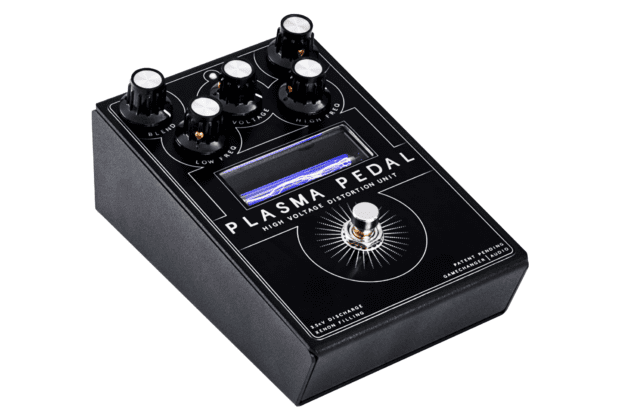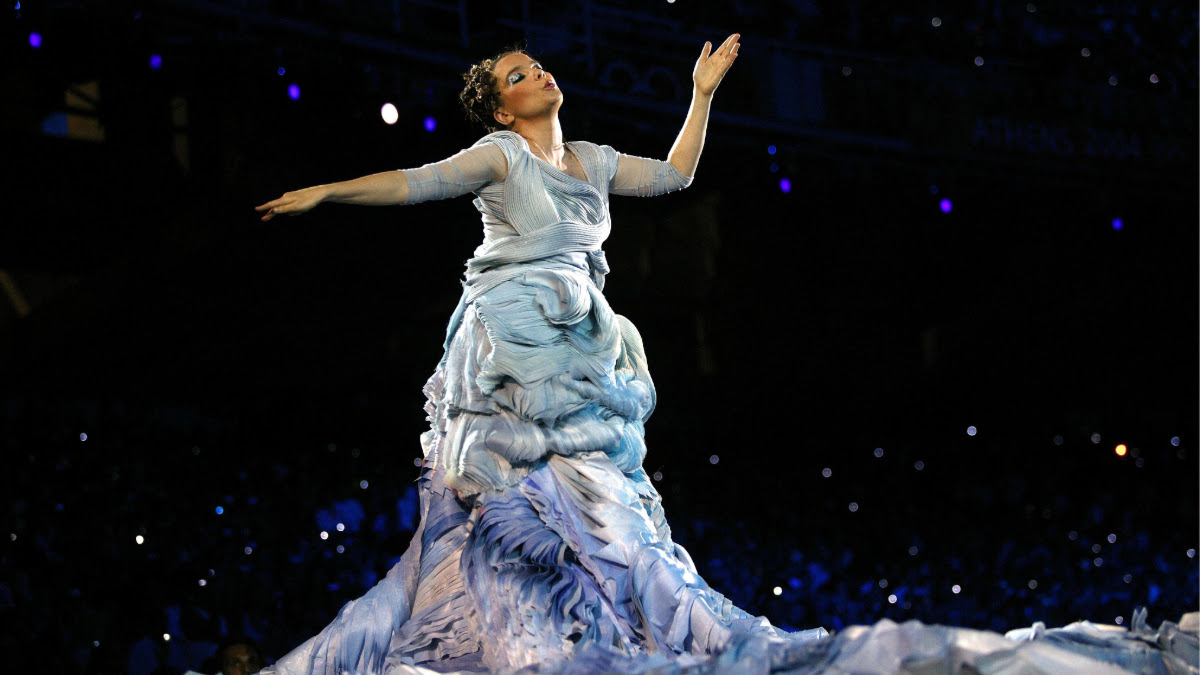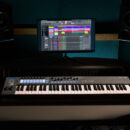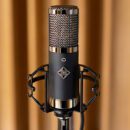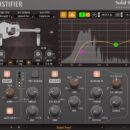The Plasma Pedal from Gamechanger Audio is one of the most unique effects pedals I’ve ever seen. Based in principle on Nicolai Tesla’s Tesla coil, the Plasma Pedal creates distortion and fuzz effects by amplifying an audio signal up to 3,500 volts and then transforming it into electrical discharges. With the Plasma Pedal you are essentially playing through a bolt of electricity.
The Plasma Pedal is the first distortion pedal to introduce a fundamentally different method for signal clipping which it does by converting the input signal into pure electrical discharges.
The Plasma Pedal takes your guitar’s input signal and changes it into electrical discharges that then travel through an onboard xenon tube, which is visible from the pedals front panel. The blue light visible from the pedal’s front display panel is actually an electrical arc created by the audio input as it travels between two electrodes on either end of the specially designed xenon film gas tube. The Plasma Pedal creates continuous bursts of electricity which are then converted back into analog audio using a specialized analog rectifier circuit.
From the Plasma Pedal’s front display window, you can see the pedal’s xenon gas tube, and when you play it, you see an arc of electricity sparking between back and forth. The electrical arc also functions as a noise gate because it only works when the signal is up to a certain threshold to connect those two contacts you see when the signal goes through the tube. So, the circuitry works like a noise gate as well. If you do not see the electrical Arc, then you cannot hear your guitar playing through the pedal.
The Plasma Pedal is housed in an all metal chassis and is very sturdily built. The pedal needs to be powered by a nine volt power supply. There is no internal battery compartment or usable accessible parts (probably a good idea, given the amount of electricity running through the Plasma Pedal’s internal circuitry). The Plasma Pedal has top mount input and output jacks.
The controls on the Plasma Pedal are a little bit different from what you would normally see on a typical distortion or fuzz pedal. You have a low frequency and a high frequency control volume, and a voltage control, which functions as a gain control. The blend control allows you to mix your guitar signal with the pedal signal so if it is a little too over the top you can turn the blend down and get a little more of your natural guitar sound coming through your signal path. This switch on the back is labeled clean EQ and it functions as a low pass filter.
The blend control is interesting because this controls the blend between the circuit of the pedal itself and your clean signal running through it turned all the way to the left was just clean, dry guitar signal going into the amplifier to the right for 100 percent of the effect.
Once you decide how much of the overall effect you want coming through your mix you can adjust the low frequency and the high frequency, and then you can adjust your overall output volume. Between the blend and the volume, just with these two knobs, you can go from a usable mild fuzz to an absolutely over-the-top distortion effect. Use the Plasma Pedal’s voltage knob to change the signal threshold necessary for a connection to be made in the gas discharge tube. This lets you dial in various sweet-spots, ranging from wide-open sustain, chopped, sputtery gated sounds with extreme contrasts between individual notes and chords.
To dial in the Plasma Pedal’s sweet-spot, you will need to pay some extra attention to the gain control—if you turn it down too far, the sound is extremely clipped or nonexistent. The the noise gate that I mentioned also seems to be tied to this control. If you turn it down too far, not only do you see the plasma tube in there, it does not get quite as active anymore, which makes the Plasma Pedal a little bit tough to control especially in a live performance setting. While you can get some usable crunch tones from the pedal, the Plasma Pedal is meant to be used in higher gain settings.
The Plasma Pedal is a seriously unique distortion and fuzz effect pedal. Think “Spirit in the Sky,” a FOXX Fuzz Wah (my very first guitar effects pedal ever!) Canned Heat, Kurt Cobain’s distorted guitar sound on Breed, Jack White’s guitar tone and any of your favorite fuzz-infused distorted tones over the years. The best part is you can get these effects dialed in at any volume making the Plasma Pedal a great tool for studio recording as well as playing live.
Pricing for the Plasma Pedal is $299. Also available is Jack White’s collaboration version (with a custom yellow Plasma Coil), for $349. The effect is also available in Rack (1U) and Eurorack formats.
Find out more about the Plasma Pedal and the company’s other innovative products at gamechangeraudio.com.

